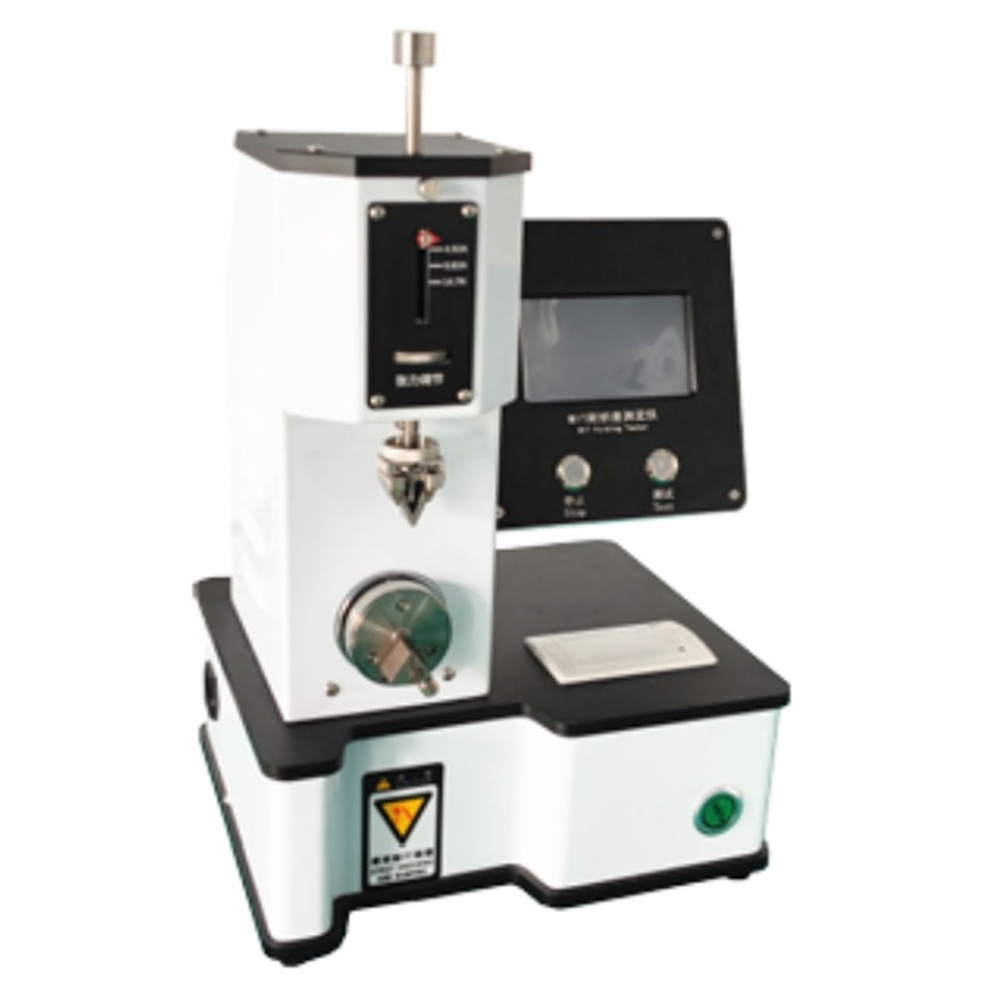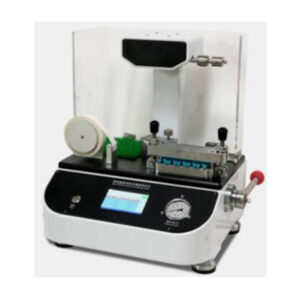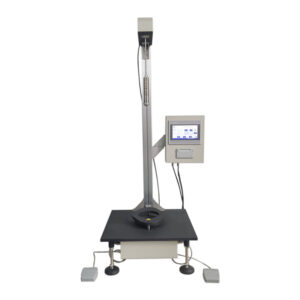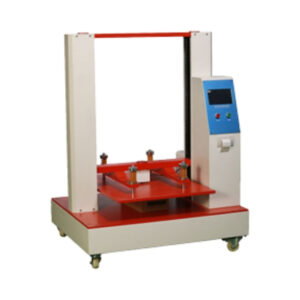Introduction to the MIT Folding Endurance Tester
The MIT Folding Endurance Tester, specifically the NZD-01 model, is a reliable and precise instrument designed to assess the fold endurance of sheet materials, including paper, cardboard, and tobacco sheets with thicknesses of up to 1.25 mm. Fold endurance testing is essential for industries where materials undergo frequent bending and folding, making it a vital tool for quality control in packaging, paper production, and even textile and tobacco manufacturing. The NZD-01 MIT Folding Endurance Tester’s advanced features and adherence to international standards make it an ideal choice for manufacturers and researchers focused on material durability.
Why MIT Folding Endurance Testing Matters in Quality Assurance
Fold endurance is a critical indicator of a material’s ability to withstand repeated bending without tearing or weakening. The MIT Folding Endurance Tester provides accurate fold endurance values, reflecting the durability of a material. Materials with higher fold endurance values show greater resistance to folding stress, which can significantly influence the performance and longevity of final products. By using the MIT Folding Endurance Tester, manufacturers can make data-driven decisions in selecting materials that will perform well in real-world applications.
Overview of ISO 5626 Standard: Ensuring Consistency in Folding Tests
The MIT Folding Endurance Tester complies with ISO 5626, a standard that outlines the method for determining the folding endurance of paper and related materials. This international standard ensures consistency in test procedures across industries, setting guidelines on how to prepare samples, apply folding tension, and measure fold endurance. Under ISO 5626, samples are double-folded until they reach the breaking point, with the results indicating a material’s endurance to folding. By meeting ISO 5626 standards, the MIT Folding Endurance Tester helps businesses adhere to global testing protocols and maintain high-quality benchmarks in their materials.
Test Principles and Operation of the MIT Folding Endurance Tester
The testing procedure begins with carefully clamping the sample in the instrument’s folding jaws. The specimen is held securely in one plane and tension is applied, typically around 9.81 N, which simulates real-world forces on the material. The folding head moves back and forth, applying double-folds until the sample fractures. Once the test is complete, the counter automatically stops, recording the number of double folds required for the material to break. This number represents the fold endurance of the sample, providing crucial insights into its durability under bending stress.
Key Technical Features of the MIT Folding Endurance Tester
- Adjustable Folding Rate: Allows users to set the folding rate between 20 to 200 double folds per minute, accommodating various materials and testing conditions.
- Color Touchscreen & Micro Printer: The touchscreen provides an intuitive user interface, while the integrated thermal printer generates instant printouts of test results for easy record-keeping.
- Variety of Folding Heads: Equipped with interchangeable folding heads, making the tester versatile enough to handle a broad range of materials with different thicknesses and characteristics.
- Additional Specifications: Other important parameters include a folding angle of 135°, folding endurance range up to 99,999 folds, and adjustable sample tension force ranging from 4.91 N to 14.72 N, ensuring precise and repeatable results.
Compliance with Additional Standards
In addition to ISO 5626, the MIT Folding Endurance Tester adheres to the following standards:
- TAPPI T511: U.S. standard for assessing the folding endurance of paper and board materials.
- GB/T 457: A national standard in China for determining the folding endurance of paper.
- QB/T 1049: Additional regional standard used in material testing for specific quality assurance protocols.
Applications of the MIT Folding Endurance Tester
- Packaging and Paper Industries: The tester is extensively used to evaluate the durability of materials in packaging and paper products, ensuring they meet industry standards for folding endurance.
- Tobacco and Textiles: For thin, specialized materials like tobacco sheets and textiles, this tester is instrumental in assessing durability, ensuring the materials maintain integrity under frequent handling.
- Research and Development Labs: In R&D, the tester assists in evaluating materials under simulated use conditions, helping manufacturers improve product performance and select materials best suited to their applications.
Optional Configurations and Accessories
The MIT Folding Endurance Tester can be customized with additional accessories to meet specific testing requirements:
- Non-Standard Jaws: These customizable jaws accommodate unique material dimensions and shapes.
- Calibration and Maintenance Tools: Essential accessories for keeping the instrument in top working condition, ensuring consistent accuracy in testing.
Technical Specifications of the MIT Folding Endurance Tester (NZD-01 Model)
| Measuring Range | 1~99999 Times |
| Folding Endurance (Logarithm) | 0~4.99 |
| Folding Angle | (135 ± 2)° |
| Folding Speed | (175±10)次/分钟 |
| Sample Width | (15 ± 0.1)Mm |
| Tension Force | (4.91~14.72)N |
| Folding Opening Crack Distance | 0.25mm/0.50mm/0.75mm/1.00mm/1.25mm(Choose One) |
| Arc Radius Of The Fold | (0.38±0.02)Mm |
| Display | 5” Touch Screen |
| Printer | Modular Integrated Thermal Printer |
| Environment | Ambient(20 ± 10)°C;Rh < 85% |
| Power | Ac220v, 50hz |
FAQ Section
- What materials can the MIT Folding Endurance Tester handle?
The tester is suitable for thin sheet materials like paper, cardboard, and tobacco sheets with thicknesses up to 1.25 mm. - How does the instrument measure folding endurance?
The tester performs double-folding until the specimen fractures, recording the number of folds as an indicator of fold endurance. - How is ISO 5626 relevant to the test?
ISO 5626 specifies the standardized method for fold endurance testing, ensuring consistent and comparable results across industries. - What industries benefit from using this tester?
Industries like packaging, paper manufacturing, textiles, and tobacco find this instrument valuable for quality control and material testing. - Can I customize the folding head for unique materials?
Yes, non-standard jaws and other custom configurations are available to accommodate specific material testing needs.





